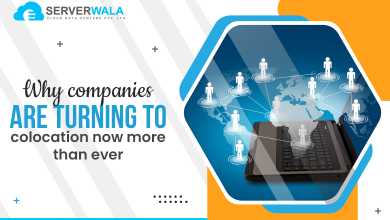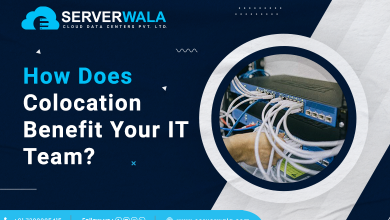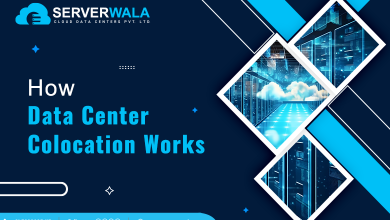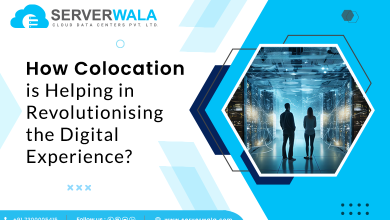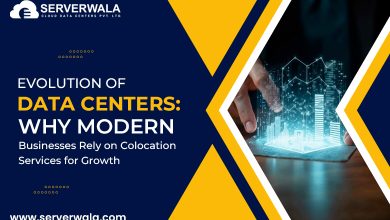How AI can affect the Colocation Market?
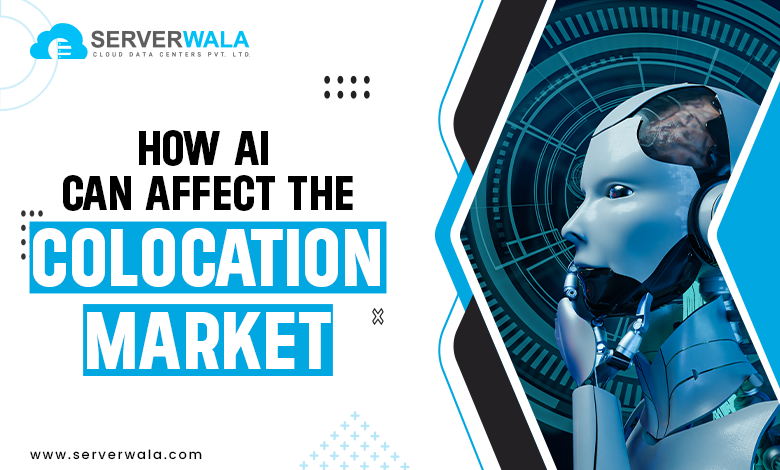
Introduction
Artificial Intelligence (AI) is reconfiguring the technological landscape at an unprecedented pace. Its integration into industries worldwide is revolutionizing operations, but it also throws distinct obstructions. For the data center industry, AI has introduced a paradigm shift. Colocation facilities are at the forefront, evolving rapidly to cater to the specific needs of AI-driven workloads.
AI systems demand far more than traditional infrastructure. They require specialized hardware like GPUs and TPUs, which are energy-intensive and generate significant heat. These systems also call for greater computational power, faster data processing, and robust storage solutions. Meeting these requirements involves transforming data center designs, especially in power management, cooling systems, and server architecture.
This transformation positions colocation providers as critical players in supporting AI’s growth. By offering scalable, AI-optimized infrastructure, enterprises can efficiently deploy advanced AI applications. The rise of AI is not just reshaping colocation facilities; it’s redefining how the entire data center industry approaches innovation, resource management, and sustainability.
AI workloads will need new server hardware
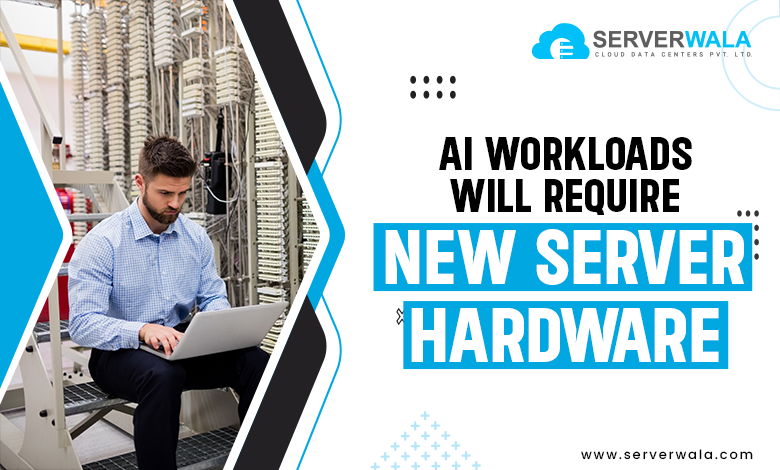
AI workloads are unlike traditional computing tasks. They demand extraordinary computational power, higher memory bandwidth, and faster data processing capabilities. These requirements arise from the complex nature of AI applications, such as natural language processing, deep learning, and image recognition, which involve processing massive datasets and executing intricate algorithms.
Traditional server hardware often falls short in handling these intensive workloads. AI training models, particularly large language models like GPT, require servers equipped with state-of-the-art GPUs (Graphics Processing Units) and high-speed interconnects. These components are essential for parallel processing, enabling faster computations and real-time responses.
To meet these growing demands, colocation providers must shift their focus to designing AI-optimized environments. Key areas for consideration include:
- High-Performance Hardware: Deploying servers that integrate AI-specific hardware like Tensor Processing Units (TPUs) and Neural Processing Units (NPUs).
- Storage Optimization: Implementing high-throughput storage solutions, such as NVMe SSDs, to handle the rapid data exchanges required by AI systems.
- Network Infrastructure: Upgrading to low-latency, high-bandwidth networks to facilitate seamless communication between servers in distributed AI architectures.
Also Read: Why Companies are Turning to Colocation now more than Ever?
AI-dedicated processors
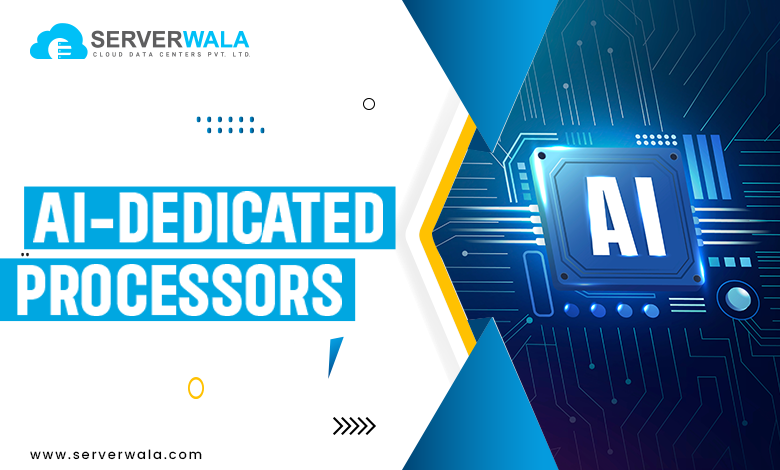
The emergence of AI-dedicated processors represents a revolutionary change in server technology. Unlike general-purpose CPUs, these specialized processors, including GPUs, TPUs, and NPUs, are designed to accelerate complex AI computations. They excel in tasks such as matrix multiplications and deep learning model training, which are fundamental to AI workloads.
However, these processors bring unique challenges. They consume significantly more power than traditional CPUs, often requiring 2–3 times the energy. Additionally, their high-performance operation generates substantial heat, demanding advanced cooling systems.
For colocation providers, supporting AI-dedicated processors involves a comprehensive infrastructure upgrade:
- Power Delivery Systems: Facilities must ensure stable and scalable power supplies, often incorporating redundant systems to prevent downtime.
- Cooling Solutions: Traditional air cooling may no longer suffice. Providers are adopting liquid cooling and immersion cooling technologies to manage the intense heat output of AI processors effectively.
- Advanced Networking: To fully utilize these processors, high-speed, low-latency networking is crucial for enabling seamless data exchange in AI training and inference tasks.
This architectural shift will have several impacts on data-centre equipment
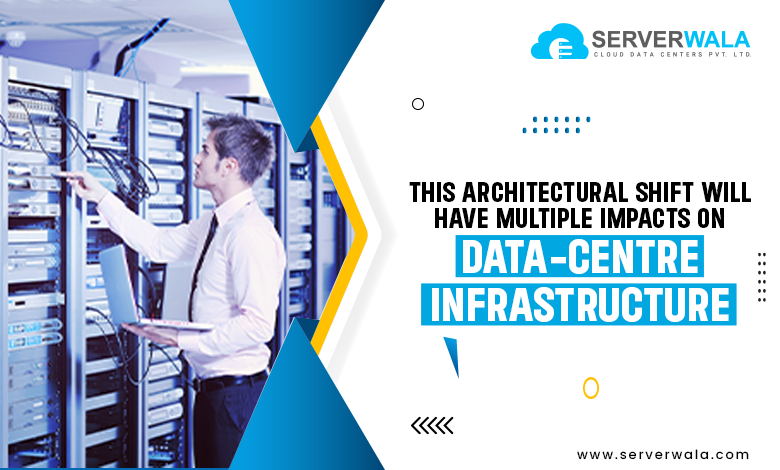
The growing adoption of AI is transforming the core design and operation of data centers. AI-specific workloads demand hardware with high computational power, which directly affects how data centers manage power, cooling, and networking systems. These changes are fundamental and unavoidable, requiring a complete rethinking of infrastructure strategies.
1. Power Density and Energy Management
AI-dedicated servers, equipped with GPUs, TPUs, or NPUs, consume significantly more power than traditional servers. As these servers are deployed in large numbers, power densities within data centers are expected to surge. This necessitates:
- Upgraded Electrical Systems: Robust power delivery systems that ensure uninterrupted energy supply and avoid overloads.
- Scalable Energy Distribution: Incorporating redundant power supplies and scalable configurations to support expanding workloads.
- Energy Efficiency Measures: Leveraging renewable energy sources and energy-efficient technologies to mitigate operational costs and environmental impact.
2. Cooling Innovation
The heat generated by high-performance AI hardware demands advanced cooling solutions. Traditional air-based cooling systems usually struggle to sustain effective temperatures in high-density environments. Emerging solutions include:
- Liquid Cooling: Using chilled water or coolant to absorb and dissipate heat directly from server components.
- Immersion Cooling: Submerging servers in dielectric liquids that provide superior thermal conductivity, reducing energy usage by up to 50%.
- AI-Powered Cooling Systems: Deploying AI to monitor temperature patterns and optimize cooling dynamically, ensuring maximum efficiency.
3. Enhanced Networking Infrastructure
AI applications require low-latency, high-bandwidth communication to facilitate seamless data transfer between servers. Current networking systems are often insufficient for the rapid exchanges AI models demand. Key upgrades include:
- High-Speed Interconnects: Leveraging technologies like InfiniBand or NVLink for faster intra-server communication.
- 5G and Edge Networking: Implementing advanced networking solutions to diminish latency as well as intensify real-time processing.
- Scalable Network Architectures: Designing modular systems that can expand to meet increasing demands without compromising performance.
4. Space Allocation and Resource Management
AI workloads also influence how space and resources are utilized within data centers. High-density racks and server clusters require optimized layouts to balance cooling efficiency and energy distribution. Colocation providers must:
- Redesign Floor Plans: Allocate space efficiently to accommodate advanced hardware while maintaining accessibility for maintenance.
- Implement Smart Monitoring: Use AI and IoT-enabled systems to monitor as well as optimize resource usage.
- Plan for Scalability: Ensure facilities can scale to meet future AI hardware requirements without major overhauls.
The Broader Impact
These architectural changes are redefining the role of colocation providers. The focus is shifting from traditional hosting solutions to fully optimized environments tailored to the needs of AI-driven enterprises. Providers who invest in these innovations not only future-proof their facilities but also position themselves as leaders in an increasingly AI-dominated market.
By adapting proactively, data centers can meet the demands of AI while ensuring efficiency, reliability, and sustainability in their operations.
The Transformative Implications for the Colocation Market
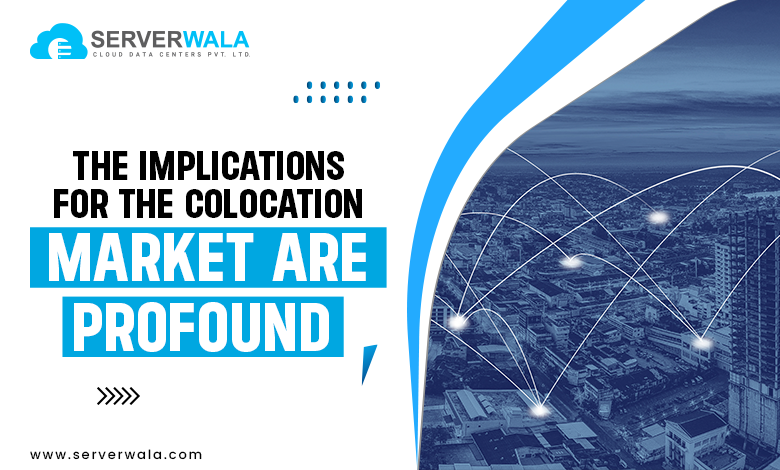
The rise of artificial intelligence is reshaping the colocation market, creating both opportunities and challenges for providers. As businesses invest in AI to drive innovation, they are seeking data center facilities that can meet the unique demands of AI workloads. Colocation providers that adapt quickly to these needs stand to gain a competitive edge and capture a growing segment of the market.
New Opportunities in AI-Driven Colocation
AI adoption offers significant growth potential for colocation providers willing to innovate and invest in specialized services. Key opportunities include:
- Customized AI Server Racks: Facilities can attract clients by offering high-density racks optimized for GPUs, TPUs, and other AI-specific processors.
- Advanced Cooling Technologies: Implementing cutting-edge cooling solutions like immersion and liquid cooling to handle the heat generated by high-performance AI hardware.
- Scalable Power Solutions: Providing dynamic power configurations to meet the increasing energy demands of AI workloads without compromising stability.
- AI Integration in Operations: Using AI-driven tools to optimize resource management, predictive maintenance, and energy efficiency within the facility.
The Challenges of Transformation
While the opportunities are significant, adapting to AI demands comes with its own set of challenges:
- Infrastructure Overhaul: Upgrading existing systems to support AI workloads requires significant capital investment and detailed planning. This includes reengineering power delivery systems, enhancing network bandwidth, and redesigning physical layouts.
- Balancing Costs and Competitiveness: Providers must carefully balance the cost of infrastructure upgrades with competitive pricing to remain attractive to businesses.
- Sustainability Concerns: AI workloads increase energy consumption. Providers need to integrate renewable energy sources and improve energy efficiency to address environmental concerns.
- Regulatory Compliance: Expanding capabilities often involves navigating complex regulations related to energy use, emissions, and data privacy.
The Need for Strategic Adaptation
To thrive in an AI-driven landscape, colocation providers must adopt a forward-looking approach. Collaboration with technology vendors, partnerships with renewable energy suppliers, and investments in research and development will be crucial. Additionally, providers must prioritize operational efficiency and align their services with the evolving needs of AI-centric businesses.
Also Read: Building a Colocation Strategy to Take on AI
Conclusion
Artificial Intelligence unique computational demands are challenging traditional infrastructure models, driving providers to adopt innovative solutions. Facilities that proactively adapt will emerge as leaders, permitting enterprises to leverage AI technologies efficiently.
At Serverwala Data Centers, we are already navigating this evolution with agility and foresight. Our facilities are equipped with avant-garde technologies like high-density server racks, AI-optimized processors, and progressive cooling systems, incorporating liquid & immersion cooling. We have also invested in scalable power solutions to support the growing energy needs of AI workloads. By prioritizing innovation and sustainability, Serverwala is positioned as a trusted partner for businesses embracing AI. Our commitment to being at the forefront of industry trends guarantees that clients can deploy and scale their AI operations seamlessly.

